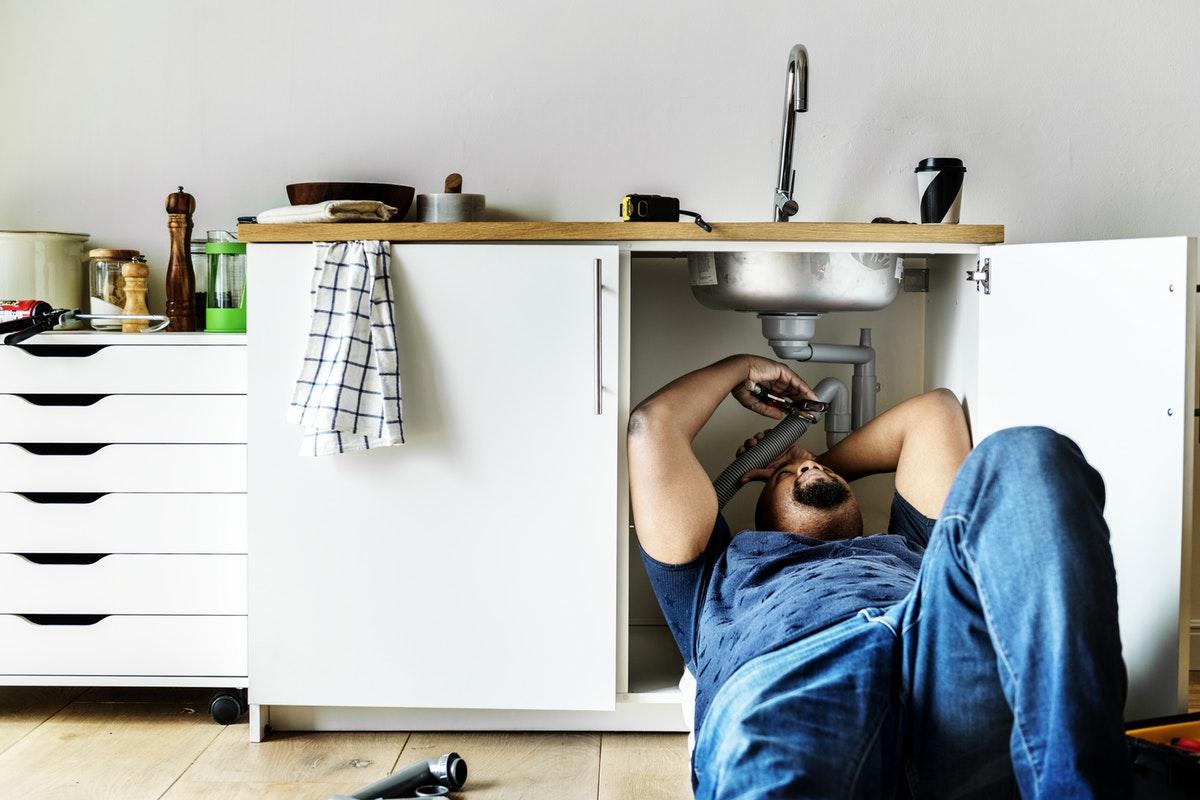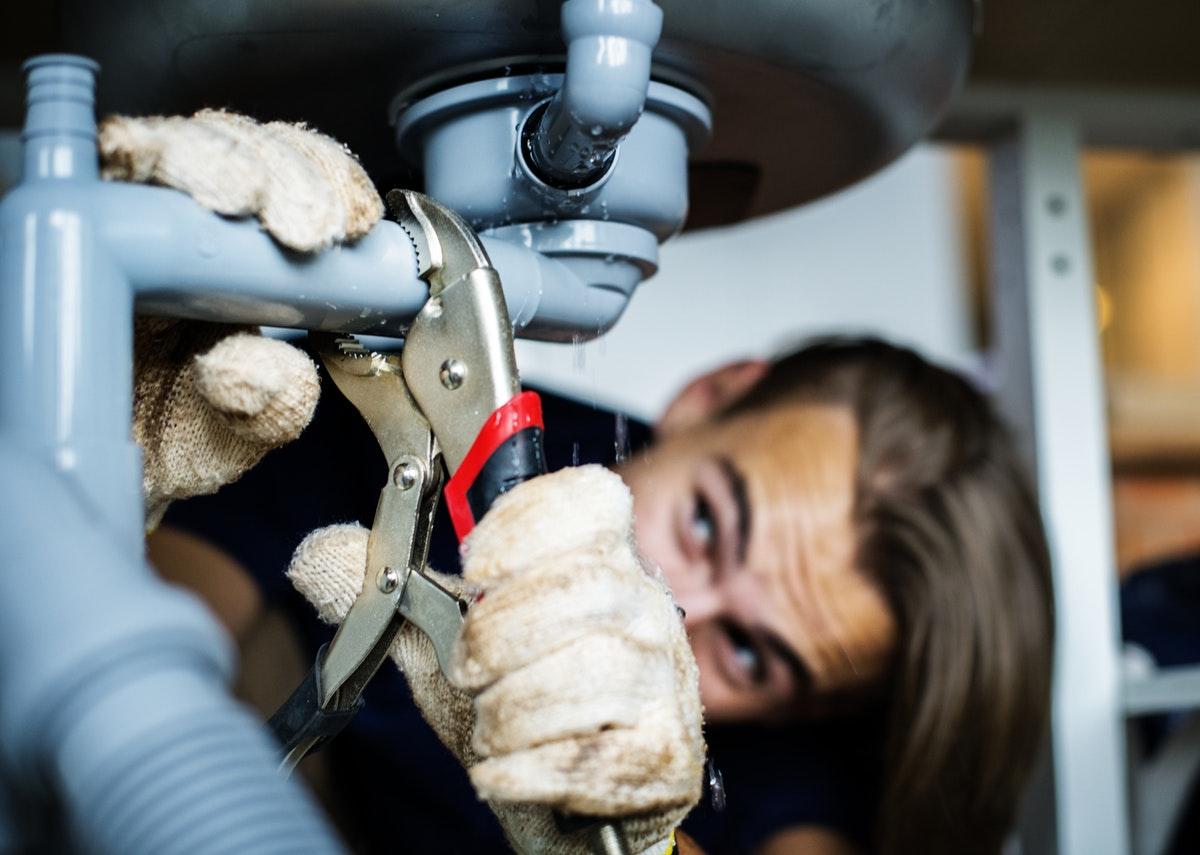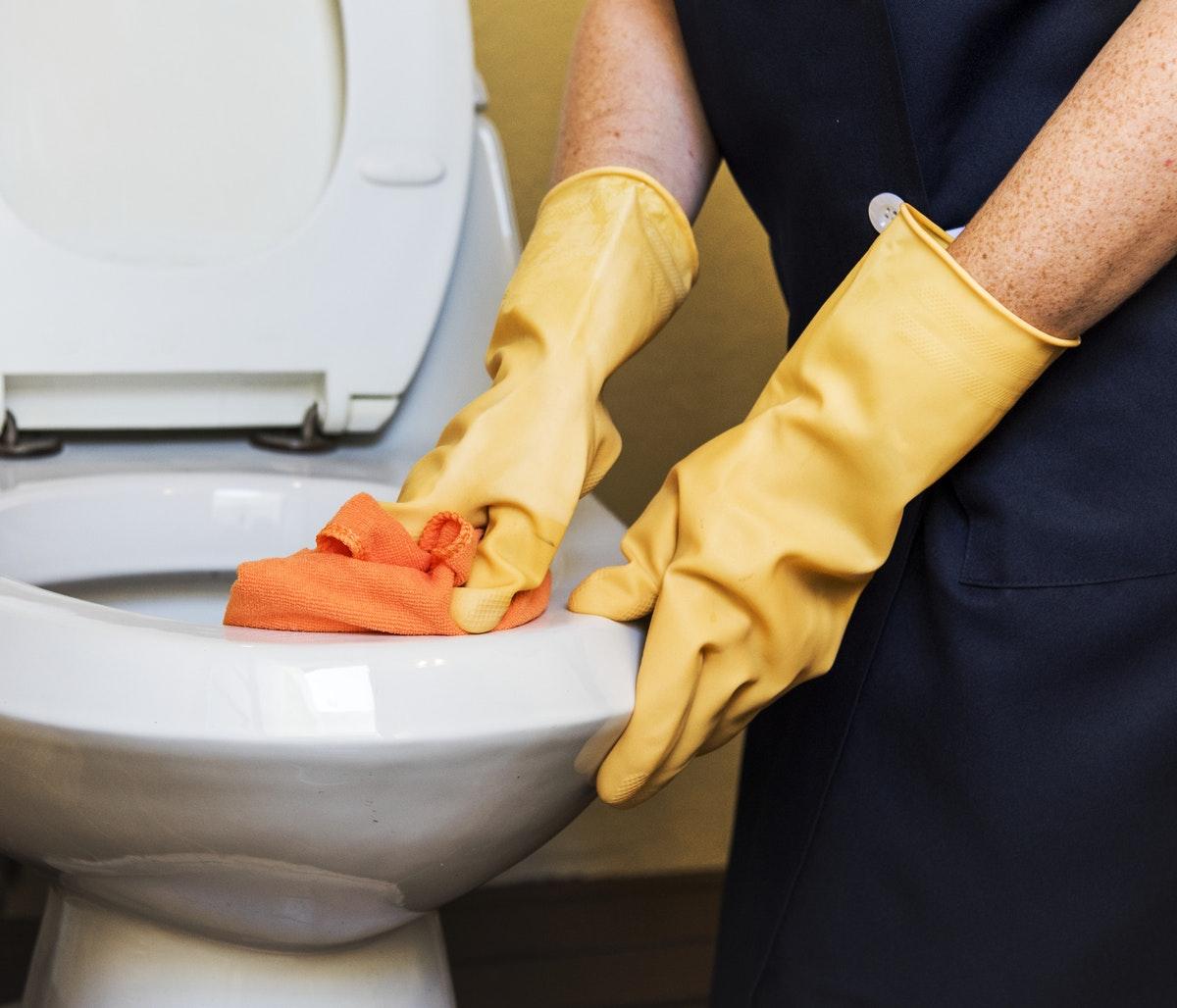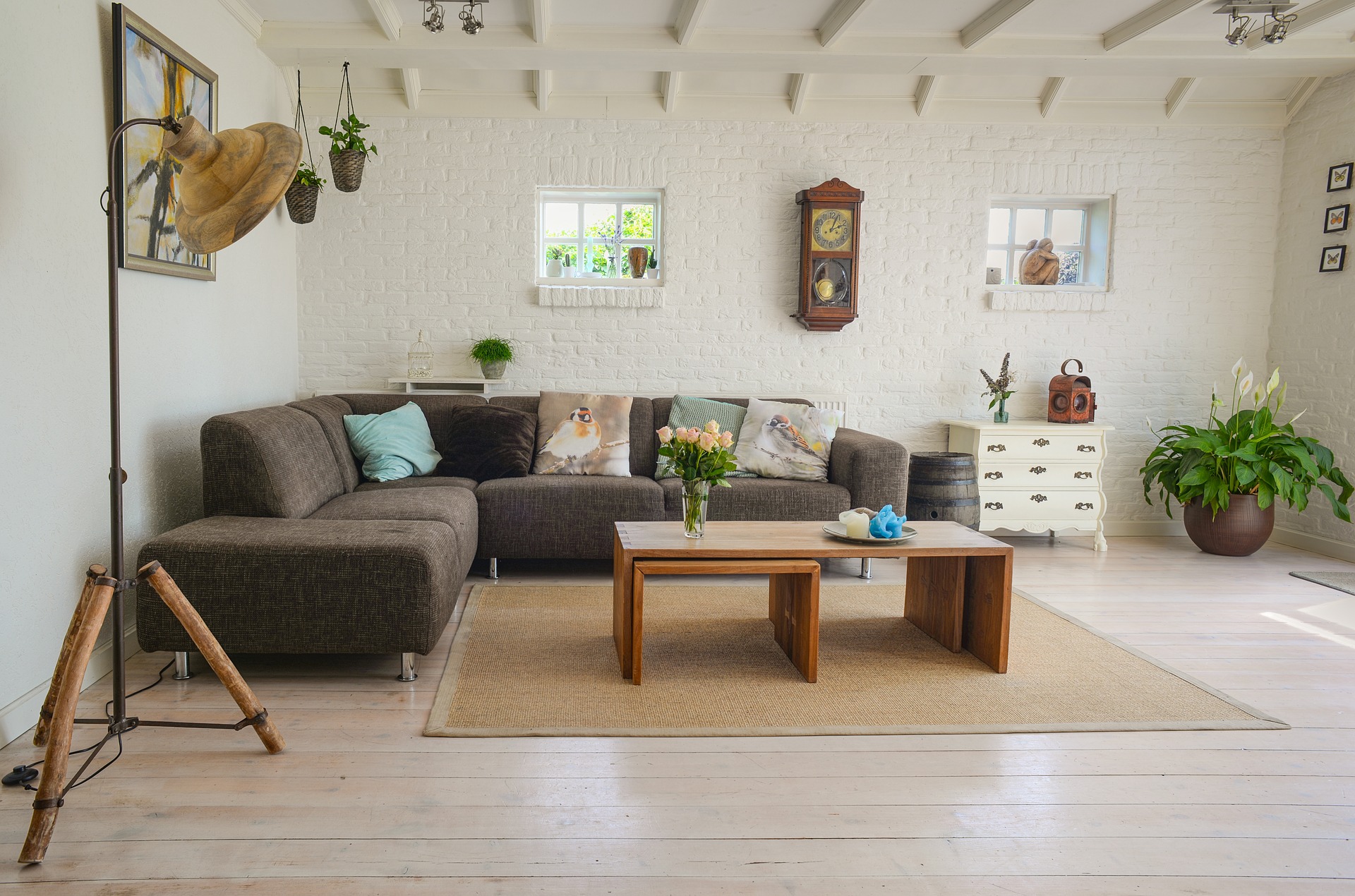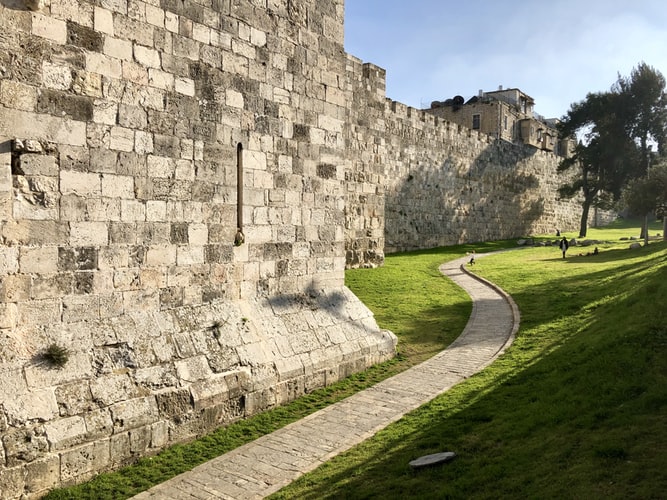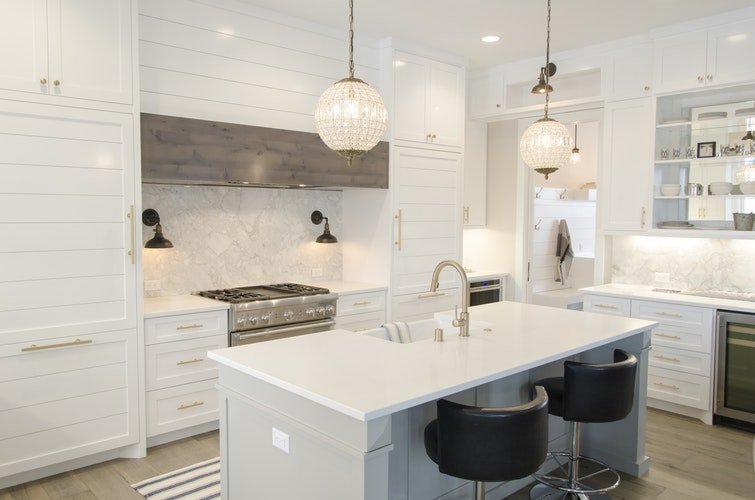All households at some point will have plumbing problems, and they come in different forms. These problems range from an annoying dripping bathroom faucet to a full-blown emergency plumbing situation like a burst pipe. In such situations, being able to get hold of a 24/7 emergency plumber will be immensely helpful. Websites like Emergency Plumber Finder Blog, on the other hand, will not only help you find an emergency plumber near you, you can also find important tips on what you can do to mitigate the damage while waiting for help. Here is a list of seven most common types of plumbing problems and what you can do when they arise.
1. Leaky Faucets:
This is one of the most common plumbing issues and, in some cases, turning the handle just a bit more is enough to take care of it. At times, however, the leak may be so severe that it causes a significant dent in your utility bills. Look for the isolation valve near the problem fixture to cut off the water supply to it without interrupting water service to the rest of the house. Call your plumber.
2. Burst Pipes:
Apart from water spraying all over the place, other more subtle signs of burst or leaky pipes include wet walls and flooding in certain areas of the house. The best way to address this problem is to shut off the main valve that is supplying water to the entire house. Do not forget to turn off the water heater after shutting off the water supply. Turn on any faucets and spigots outside your home to release water and pressure that are still in the pipes. Then, let the pros fix the problem.
3. Overflowing Toilets:
This problem presents an unhygienic dilemma that you don’t want to have. If this problem suddenly confronts you, turn off the isolation valve to cut off the supply to your toilet bowl. One of the main causes of overflowing toilet bowls is some object blocking the hidden part of the water separator. A force cup plunger does the job of dislodging any blockage, so it is a good idea to have one. Should the problem persist, have a plumber fix it.
4. Clogged Drains:
Plumbers have various tools and methods of unclogging drains. One of these tools is a plunger, which you can also use if you have one around to fix the problem yourself. If water still refuses to drain, then it is a job for the plumber.
5. Toilet Bowls That Continue to Drain Water:
Misadjusted floats and stuck flappers are the usual causes of this problem. These are easy to fix if you are handy enough. However, you’ll need the help of a plumber if any of the flushing mechanism is damaged and is causing the water to continue to drain into the bowl.
6. Low Water Pressure:
A number of things may cause low water pressure. However, if you just moved into a new home, check if the main water supply valve is fully open. It this does not do anything to improve water pressure, have the plumber check and fix it.
7. Frozen Pipes:
There are measures that you can take to prevent your pipes from freezing in the winter months. Just in case you forgot to take any of these measures, you can try either to thaw out the frozen pipe with a hair dryer or call in the plumber to handle the situation.
Whatever type of plumbing problems that you may encounter, it is always best to leave the job to professionals, especially if you do not have much experience with plumbing work. This goes especially for plumbing emergencies where you run the risk of making the situation worse. Search for 24/7 emergency plumbers in your area, and then add them to your contact list to prepare for any plumbing emergencies and problems.
Read Also:













